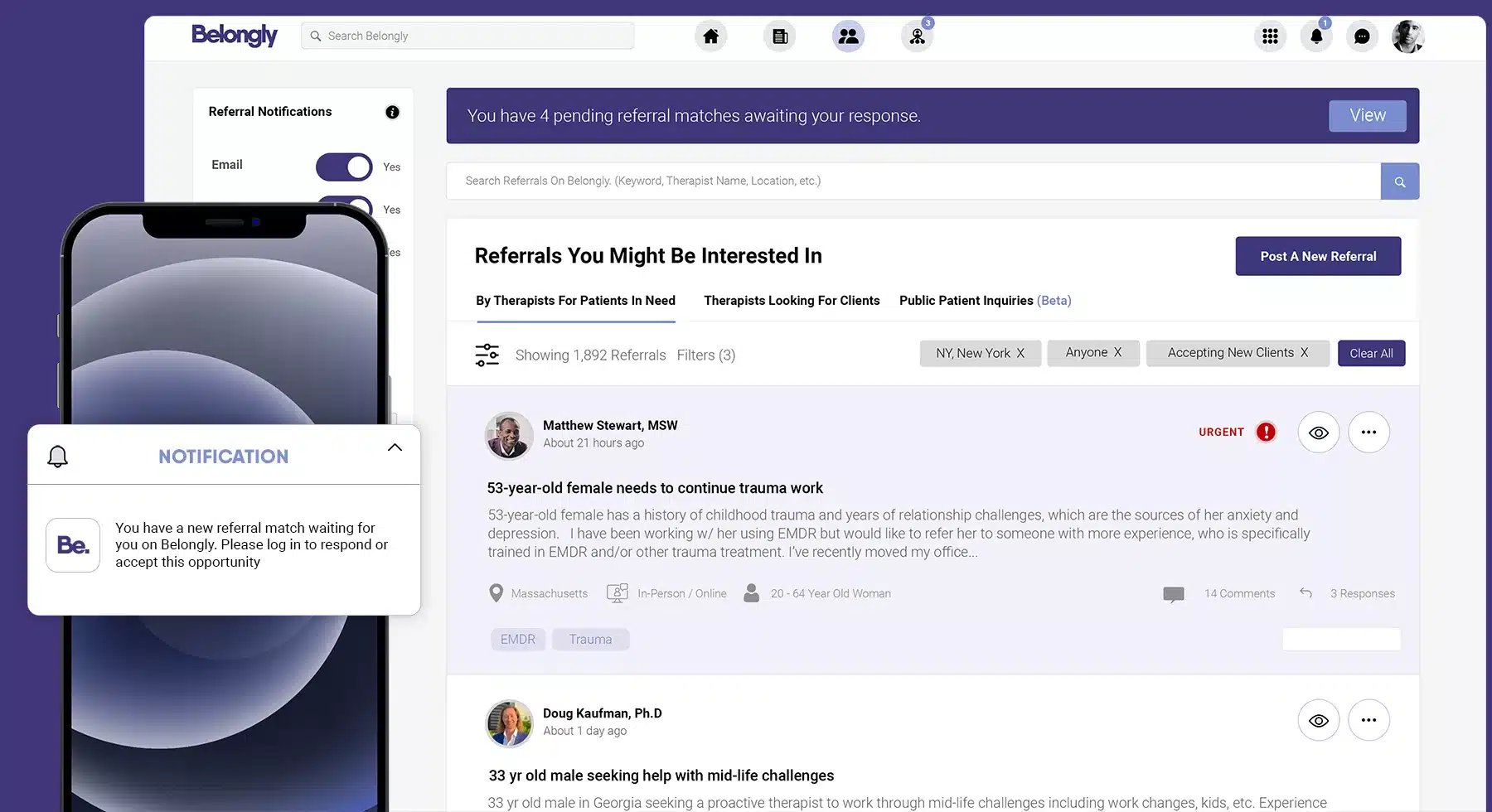A metaphor in child psychology compares children to dandelions and orchids. Dandelions can thrive in almost any environment, while orchids require particular conditions. Extending this analogy to therapy practices, the vast majority are orchids; they must be nurtured to grow.
But how do you find the time to nurture your practice in between seeing patients, paperwork, and administrative tasks? Thankfully, there are various automation tools to streamline patient communication, scheduling, billing, and more. Here are nine ways that getting automated can promote your practice and improve patient experience:
Practice Management Software:
Platforms like SimplePractice and TheraNest offer a variety of automation tools for one monthly fee. Online scheduling and automated reminders help maximize your time and reduce no-shows, while electronic records allow you to keep all your documentation in one place. You can choose from various templates or customize your forms, reducing the time needed for patient onboarding.
Scheduling Software:
If you prefer to sample automation tools “a la carte,” there are scheduling services like Calendly, which allow patients to schedule or reschedule appointments on your virtual calendar. This provides “real-time” updates and eliminates phone tag frustration for your patients.
Billing, Invoicing, and Bookkeeping Software:
Keeping track of patient payments, invoices, and practice expenses can be overwhelming without a reliable system. Accounting software like QuickBooks, Xero, and Wave gives you access to various financial tools in one place, including billing, financial tracking, expense management, and tax preparation. Ivy Pay is a HIPAA-compliant app explicitly created for therapists that allows patients to upload their credit card information for automated payments, eliminating the need for invoices.
Insurance Compliance Tools:
Medical claims clearinghouses like Availity allow you to submit claims to multiple insurance payers via one portal. Some even include coding software to reduce the risk of submission errors. Dictation software like Dragon for Medical Practice allows you to quickly and accurately dictate notes, treatment plans, and other documentation, improving insurance compliance and productivity.
Auto-responders and other lead nurture tools:
Lead nurture tools help you to cultivate relationships with potential patients. For example, auto-responders enable you to reply to patient inquiries with timely, helpful information about your services and availability. Social media outreach provides resources to people at various stages of seeking therapy building trust and rapport. And email services like Mailchimp automate newsletters, practice updates, and marketing campaigns. These tools help increase patient engagement for practice growth and maintenance.
Social Media Scheduling Tools:
Want to use social media to promote your practice but wary of the time suck? Tools like Planable and Hootsuite allow you to schedule and automate social media posts. They can also monitor activity and suggest increasing your online presence and promoting your brand.
Virtual Assistants:
Do you dream of hiring an administrative assistant but balk at the price? Services like Smith.ai and Ruby Receptionists offer a variety of affordable plans to help you answer patient phone calls, respond to inquiries, and schedule appointments. Some even provide services in Spanish and other languages.
Automated Surveys and Assessments:
Surveys increase patient engagement and help monitor treatment efficacy and patient satisfaction. But, creating, distributing, and analyzing these assessments takes time and energy. Tools like SurveyMonkey and Google Forms automate the collection of client feedback, providing timely and easy-to-interpret results that you can use to improve and grow your practice.
AI-Powered Chatbots:
Chatbots get a bad rap but can improve the patient experience. For example, you can use a chatbot on your website to respond immediately to frequently asked questions. Chatbots can also assist with client intakes by collecting preliminary information and helping you to screen and prioritize cases. By automating routine tasks, chatbots increase patient engagement while freeing you to focus on the core aspects of your practice.
Keep Reading
Want more? Here are some other blog posts you might be interested in.









